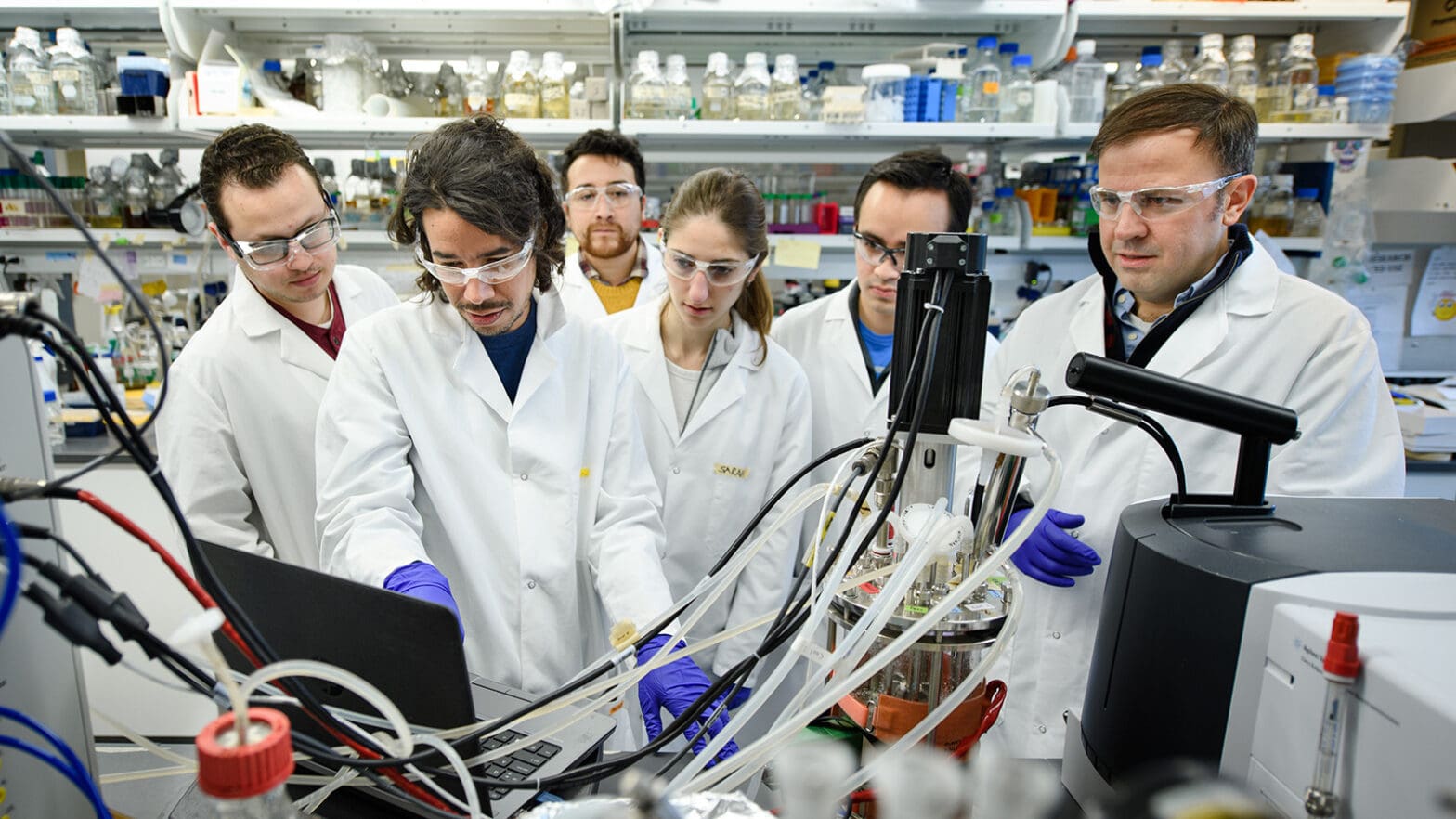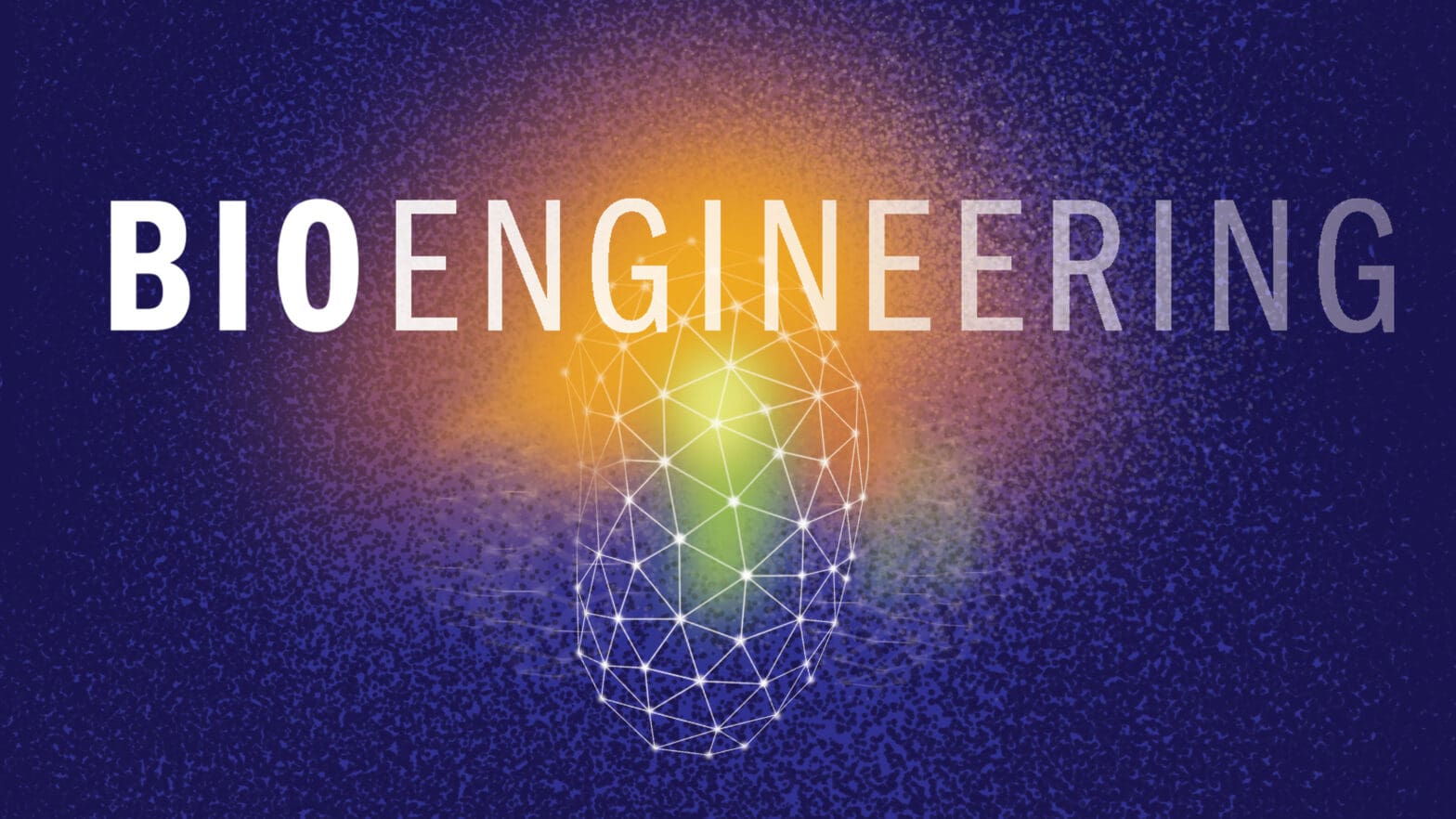Related News

The materials scientist who upended cell biology
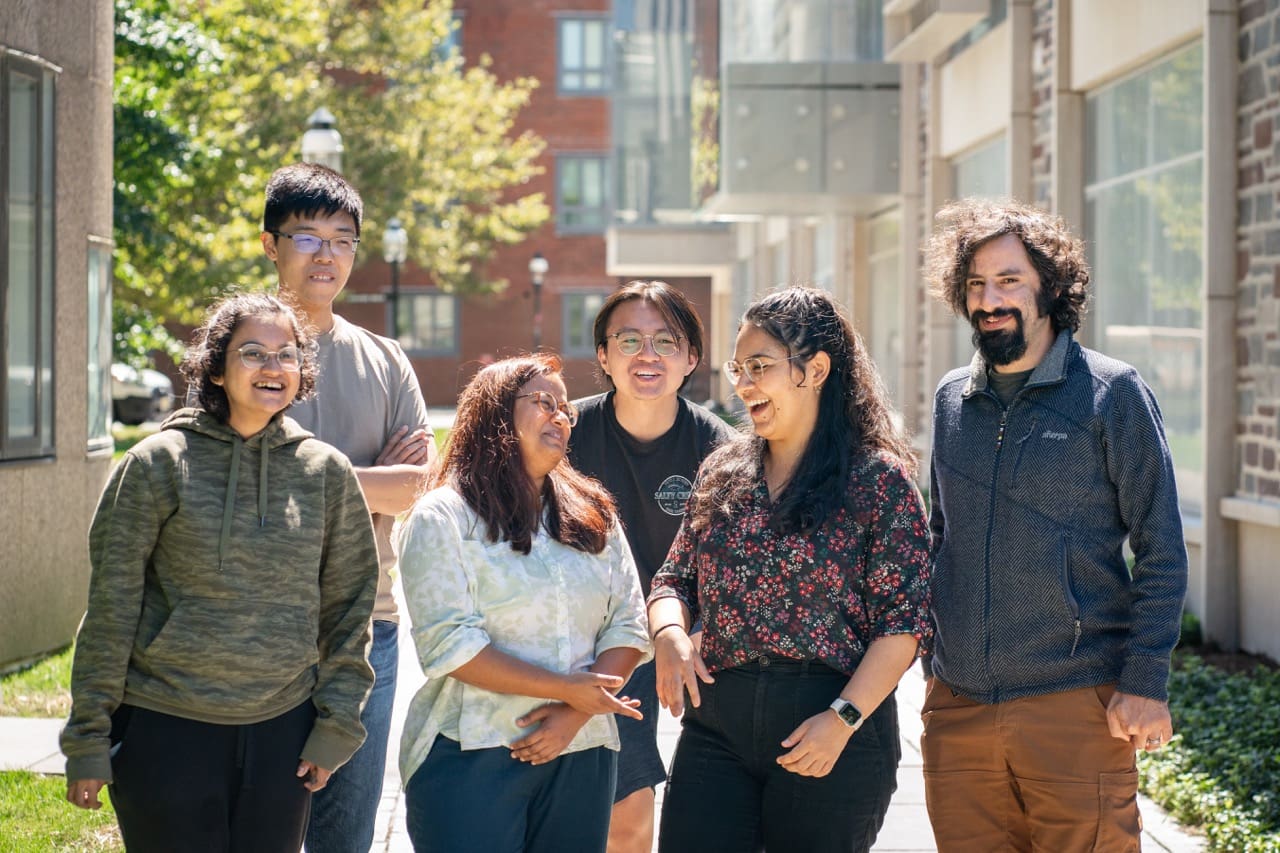
Raising bioelectric sheepdogs to herd flocks of cells
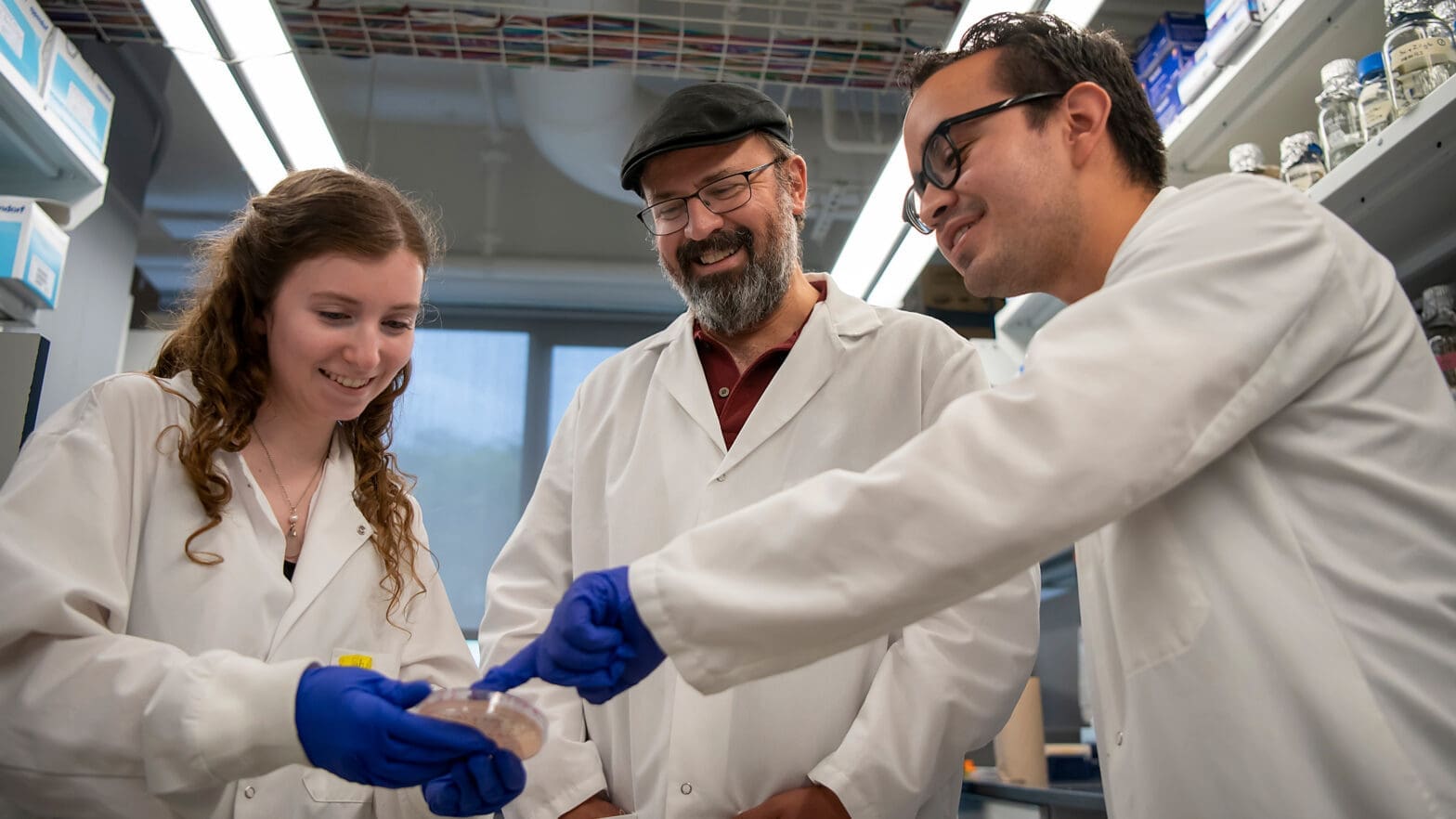
Transforming microbes into factories for the future

Using computer vision to see proteins
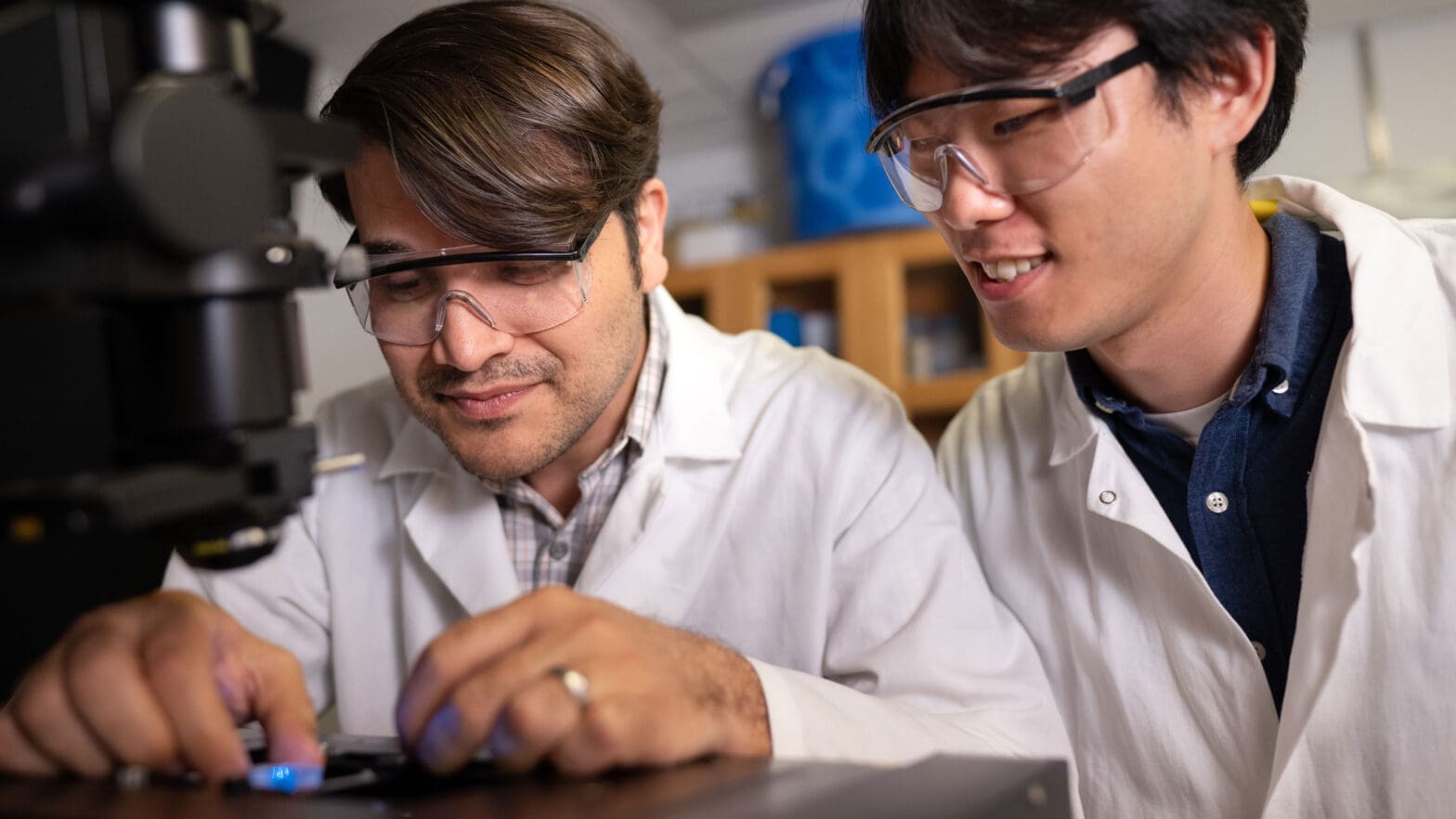
Channeling the cell’s cytoskeleton into a nimble nanomachine
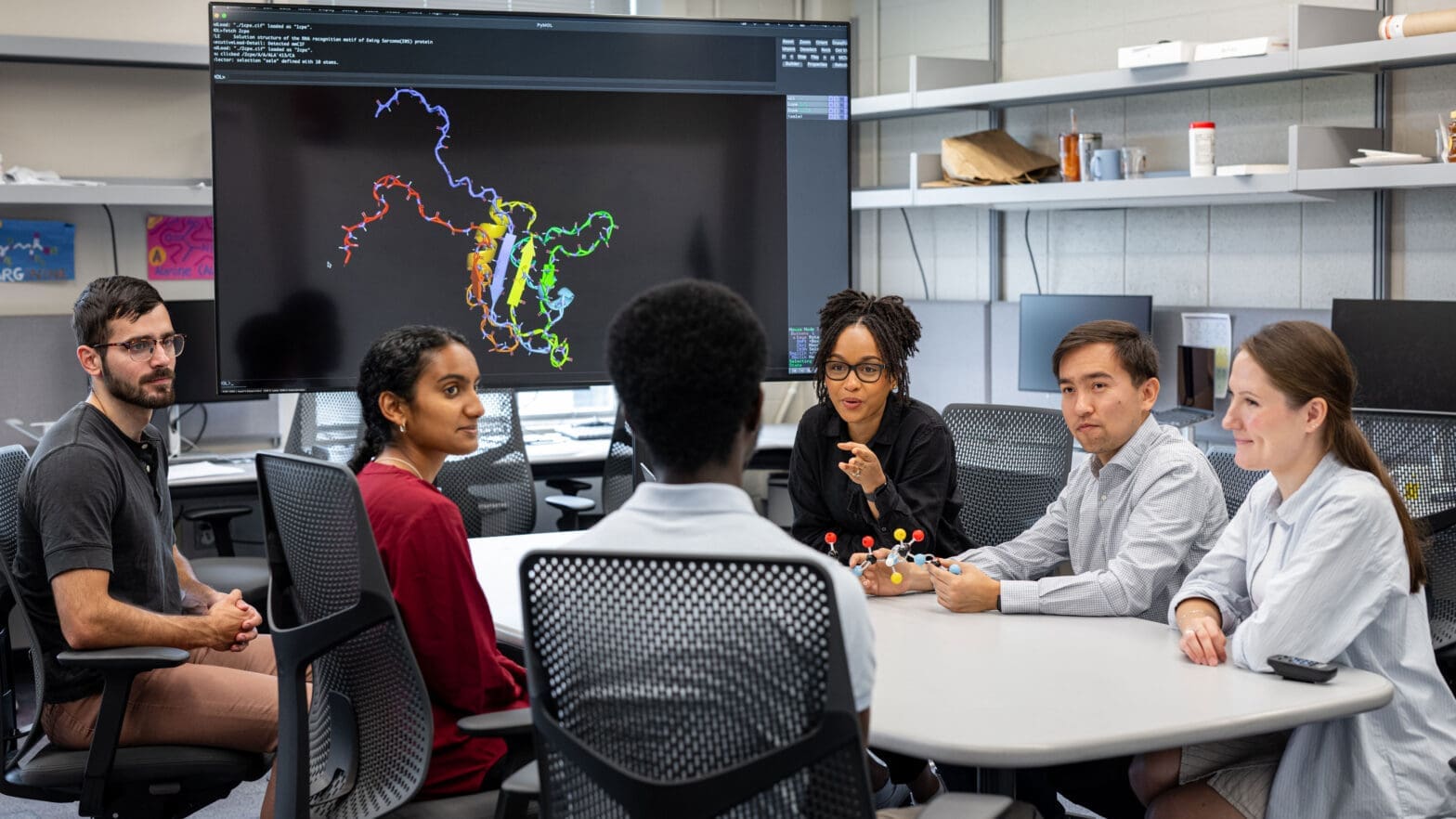
Simulations reveal workings of droplets that underlie life’s functions
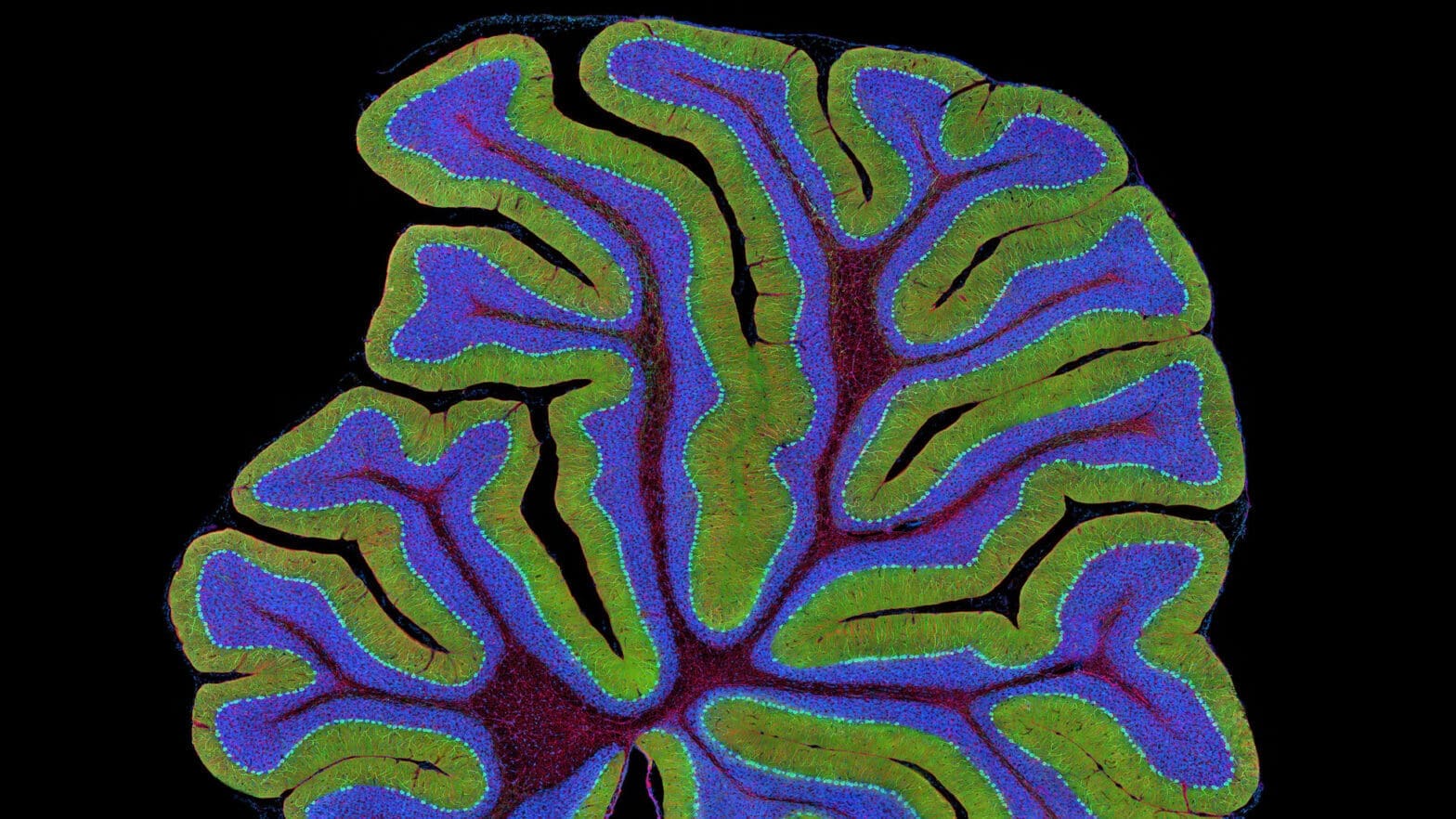
Spatial data adds ‘great new dimension’ to studies on cancer and development
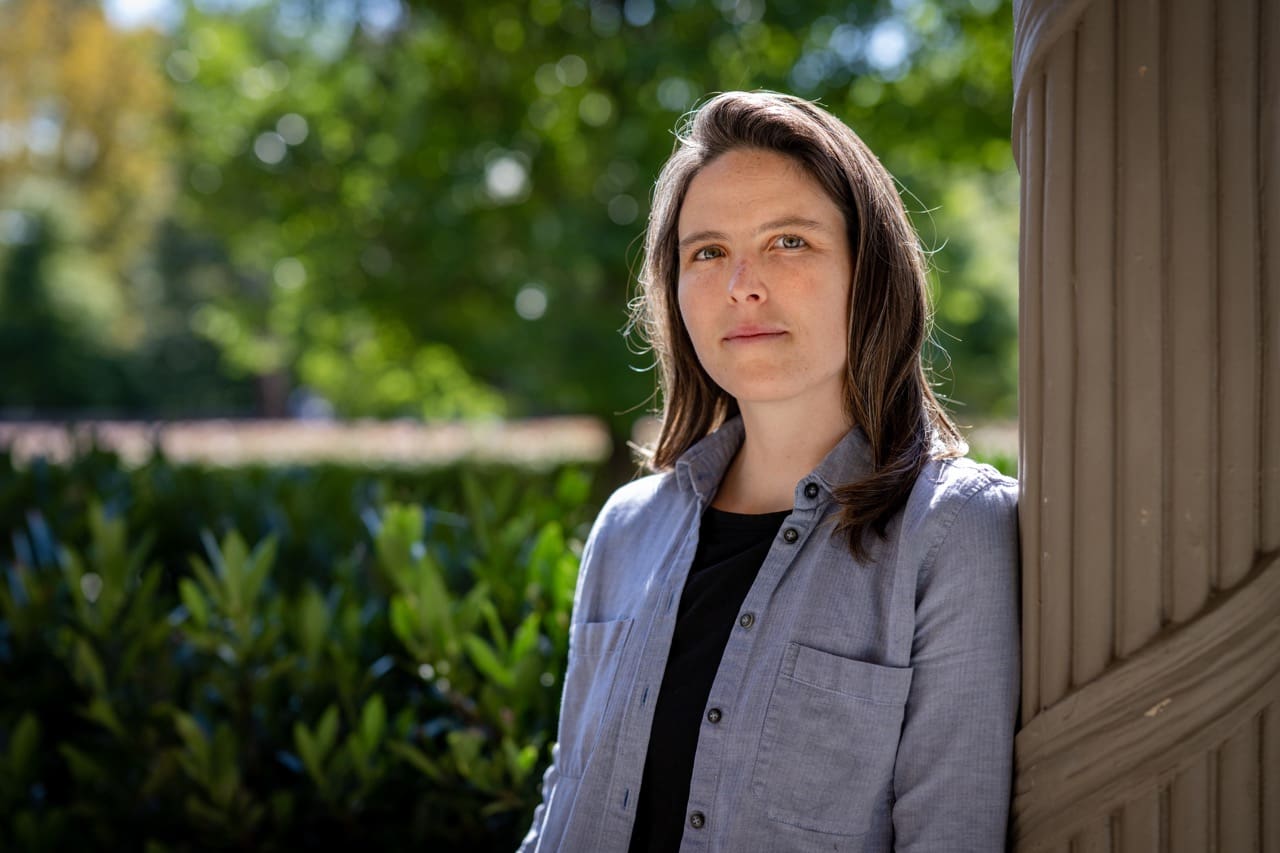
Bioengineering postdoc Linnea Lemma selected for prestigious fellowship
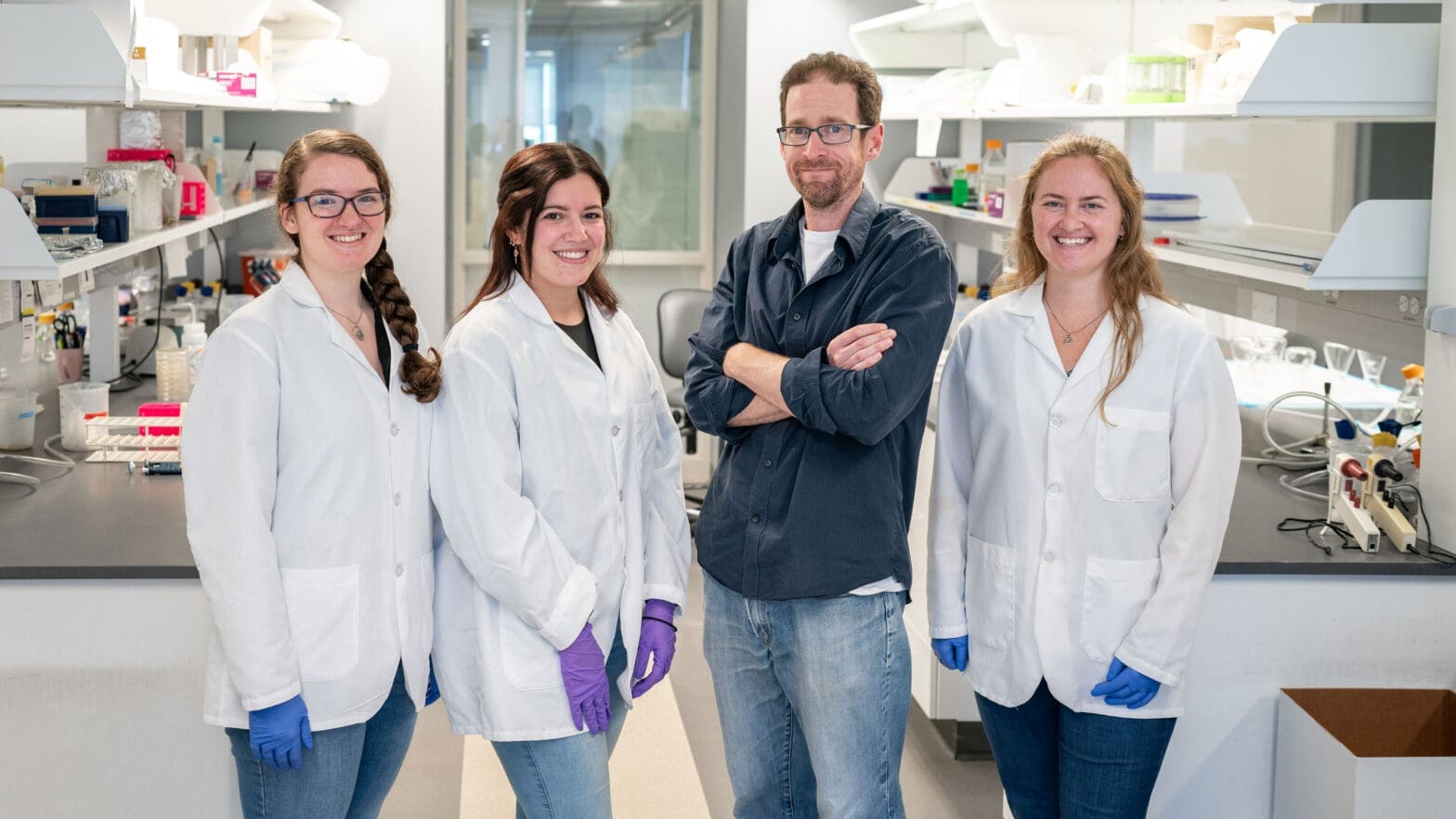
Probing bacterial persistence to battle superbugs
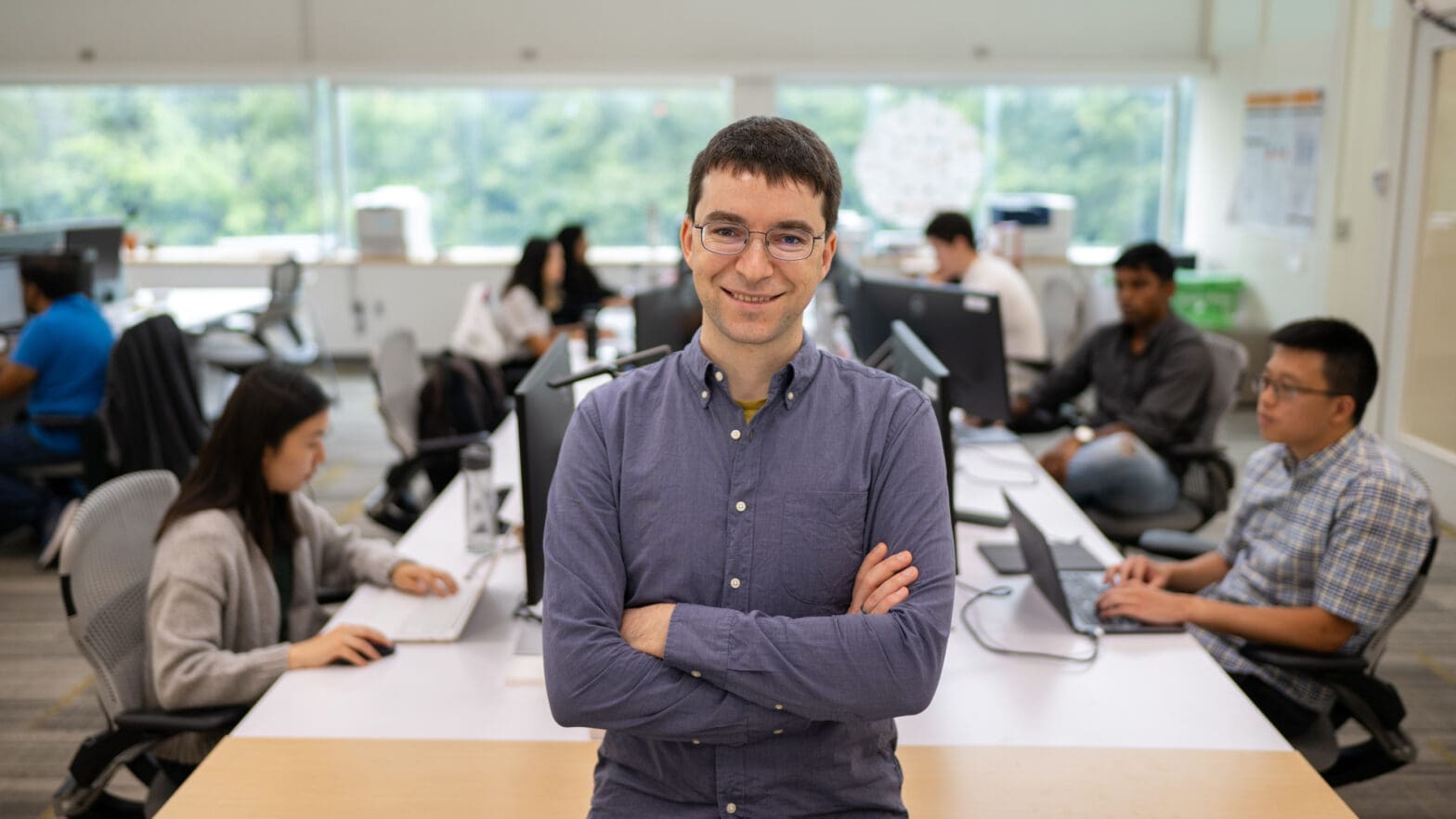
Bridging experiments and data to decode the genome
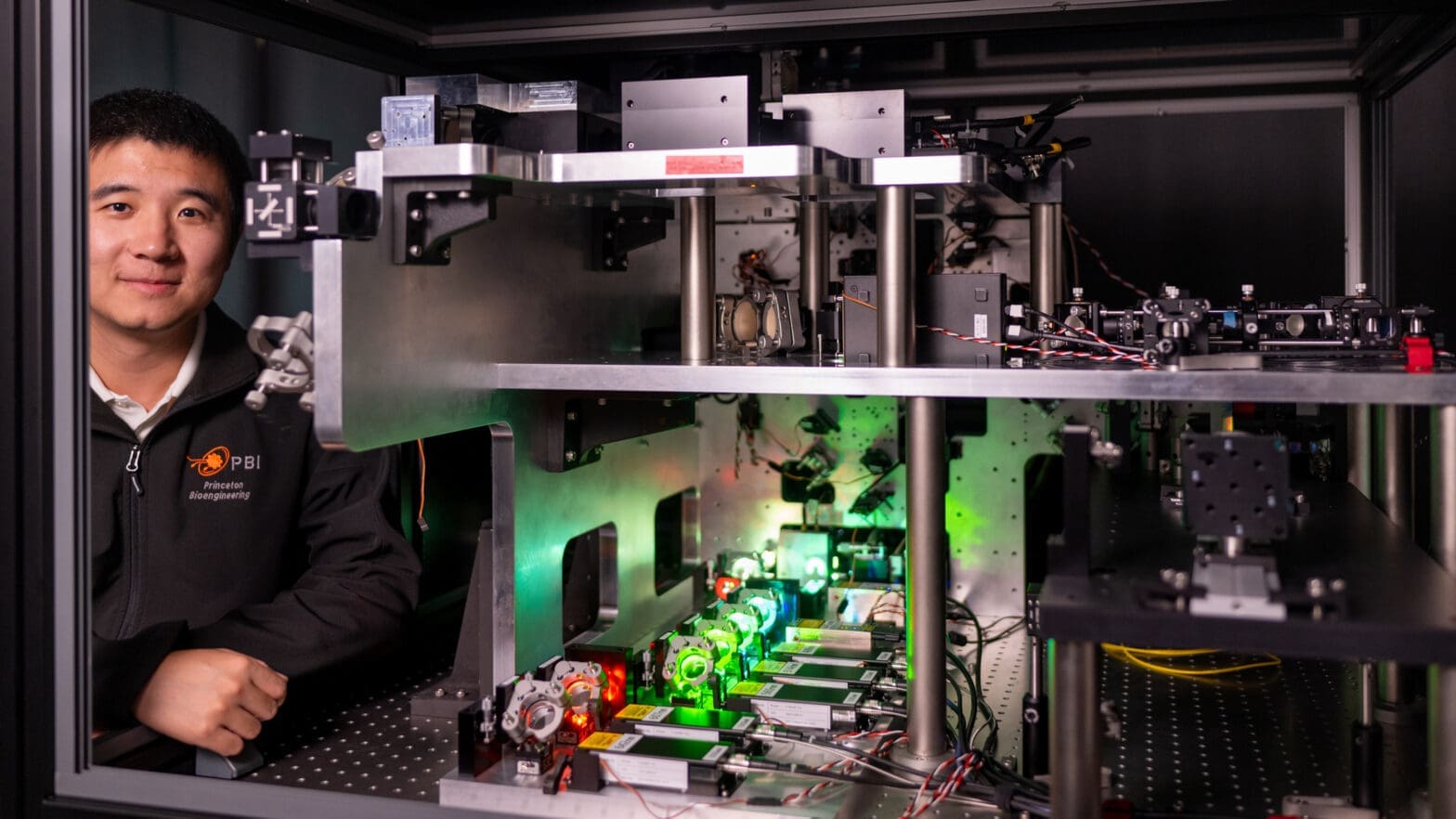
Advanced optics reveal how cells and molecules squirm, pulse and ooze
